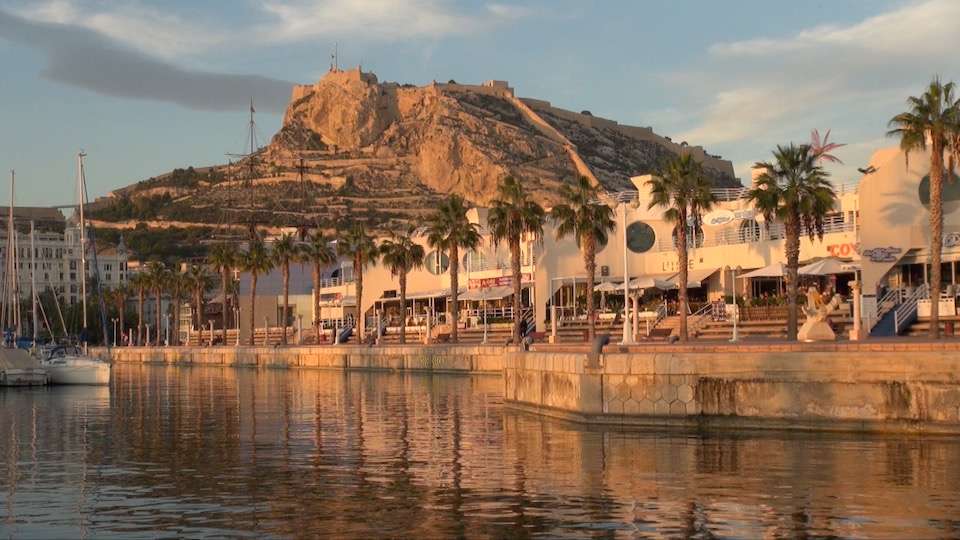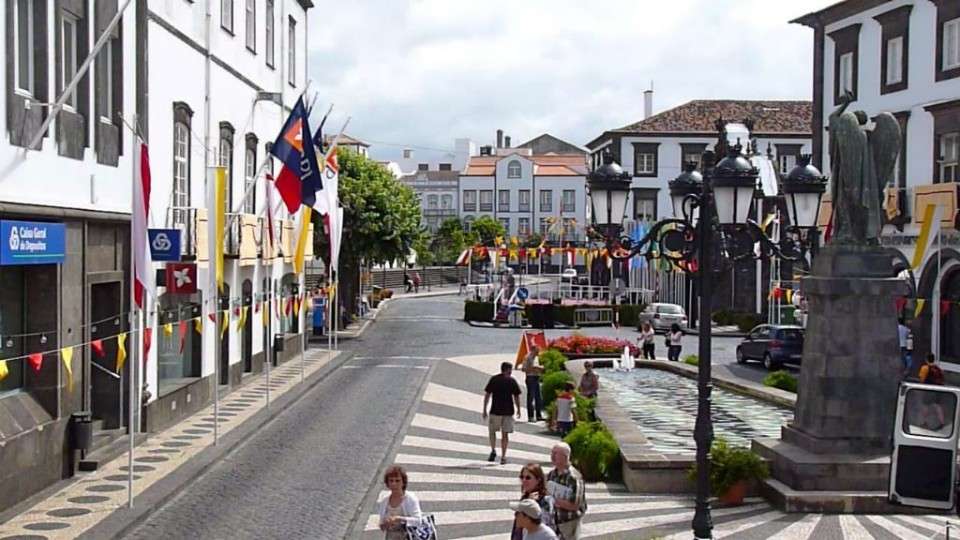Heritage of Discovery – Seville
Seville, or Sevilla in Spanish, is Andalucia’s capital and Spain‘s fourth-largest city. With heritage both from the Arabs and the Age of Discovery, as well as the flamenco scene, Seville is a diverse destination.
The Guadalquivir River flows through Seville, and has been a busy port from Roman times, under Muslim rule, and exploding during the Age of Discovery. As the monopoly was broken and Cádiz largely took Seville’s place, the city entered a period of relative decline but recent years there has been an upsurge in visitor numbers as the number of historic places to visit cannot be missed for anyone interested in the world of discovery and heritage.
In the 19th century, Seville gained a reputation for its architecture and culture and was a stop along the Romantic “Grand Tour” of Europe. Seville has built on its tourism industry since, playing host to the International Exposition in 1992, which spurred the construction of a new airport, a new train station, a bullet train link to Madrid, new bridges and improvements to the main boulevards. Tourist facilities are top-notch and the city is buzzing with festivals, colour and a thriving nightlife scene.
Seville, like most Andalusian destinations, is known for its tapas. “Tapa”, while it is associated with certain dishes, is actually a size and many restaurants or bars will offer a tapa, ½ ración (half serving, although sometimes enough to make a meal) and ración (serving) of the same dish. There are many great tapas places around the foot of the cathedral in the centre of town. Some typical tapas include tortilla española (potato omelette), pulpo gallego (Galician octopus), aceitunas (olives), patatas bravas (spicy potatoes), and queso manchego (sheep’s milk cheese from the region of La Mancha in central Spain). Also try the jamón (ham), which you often see hanging above the bar.
Landmarks
Cathedral of Seville (Catedral de Sevilla) – Once judged the third-largest church in the world after Saint Peter‘s in Rome and Saint Paul‘s in London, this is now arguably the largest church in the world when compared using the measurement of volume. The fifteenth-century cathedral occupies the site of the former great mosque built in the late twelfth century. The central nave rises to an awesome 37m over a total area of 11,520m². The cathedral is the final resting place of the remains of Christopher Columbus.
La Giralda – A large and beautiful minaret tower, originally intended for the chief mosque, but now is the magnificent bell tower of the cathedral and a symbol of Seville. Climb the 34 ramps for a great view of the city. Admission included with entry for the cathedral.
Real Alcázar – A beautiful palace in Mudéjar (Moorish) style, built in the XIV Century by Pedro I the Cruel. With its myriad rooms, extravagant architecture, lavish gardens with many courtyards, ponds and secrets to be explored, it is a fascinating place to visit. Be sure to check out the room where Christopher Columbus’s journey to the Americas were planned. You can see his coat of arms embroidered on the wall along with many other royals.
Barrio Santa Cruz (Jewish Quarter) – Filled with small winding streets and is generally regarded as the most charming part of the city.
Hospital de los Venerables – A 17th century retirement home and hospital for aged and sickly retired priests, recently restored by the Fundación to preserve an example of Andalusian architecture at its very best. Includes a resplendent Baroque chapel which is highly recommended, as well as the Santa Rufina painted by Diego Velázquez.
Torre del Oro (Tower of Gold) – A thirteenth-century tower, the top of which is rumoured to have once been covered in gold. It now houses the local maritime museum.
Parque María Luisa (near the Plaza de España) – Built for the 1929 Iber-Americano World’s Fair and now landscaped with attractive monuments and museums.
Plaza de España – The site of the Spanish pavilion from the 1929 exhibition.
Real Fábrica de Tabacos (Universidad de Sevilla – The main building of the University of Seville was once the Tobacco Factory of Seville, and was constructed between 1728 and 1771 by Sebastián Van der Bocht. Over the main entrance, the triangular façade ends in a statue of La Fama (fame). The tobacco factory was then the largest industrial building in Spain. A monopoly assured high income, which is reflected in the factory’s architecture and surrounding Gardens. Its chapel and prison complement the main building. In the interior you find impressive stairways, fountains and Patios. In 1953 the factory was converted into the main building of Seville University.
Casa de Pilatos – A sixteenth century palace and generally thought to be one of the best in the city.
Archivo General de Indias (General Archive of the Indies) – This Renaissance building houses extensive archives relating to the Spanish conquest of the Americas, and is designated a UNESCO World Heritage Site. Included in the collection are the diaries of Columbus.
Metropol Parasol – An enormous wooden structure designed by German architect Jürgen Mayer-Hermann, inspired by the Cathedral of Seville and in the form of giant mushrooms. Known to locals as ‘las setas’ (the mushrooms), the structure covers the Central Market and the Antiquarium; the top-level contains a restaurant and provides some of the best views of Seville.
Museums and Galleries
Museo de Bellas Artes – Considered by some as the second most important fine arts museum in Spain after the Prado in Madrid. The museum building is a former mercy convent renewed in the 17th century and the fifteen exhibition rooms show a comprehensive picture of Sevillian art from the Gothic period to the early trends of the 20th century.
Museo Antiquarium underground level of the Metropol Parasol, museum with excavated Roman and Moorish remains, discovered during construction of the Metropol Parasol.
Festivals
Semana Santa – The Easter week processions feature thousands of people and go on all week, a spectacular display of conspicuous Catholicism.
Feria de Abril (Seville Fair) – Also known as “Feria de Sevilla“. It covers a huge area and contains hundreds of private and public casetas which are laid out to form streets. Casetas are small marquees and you can only get into the private ones if invited. The public ones are large but just as much fun. Between noon and 8 PM the streets of the fair throng with horses as riders and carriages strut their stuff dressed in traditional Spanish robes. After 8 PM the streets are cleared and “Calle del Inferno” comes to life. This must be one of the best funfairs in Europe – it takes weeks to assemble and pack up. Experience traditional dress, flamenco dancing (and the “sevillanas”, the traditional dance of the region of Seville) , guitars, fino, great tapas and participants who dance with gusto and eat and drink the day and night away.
Sport and outdoor activities
Football – (Ramon Sanchez-Pizjuan Stadium), Sevilla has two football teams, Sevilla FC and Real Betis at the Sevilla FC stadium.
Plaza de Toros de la Real Maestranza (Bull Ring) – Bullfighting is not a sport for all; those who are either squeamish or have convictions on animal welfare should stay clear, as the event concludes with the killing of the bulls. Failing that, a visit to the arena and the attached museum of bull-fighting is well worth the time. While it is not the largest, it is considered the most attractive bull arena in Spain due to its history.






